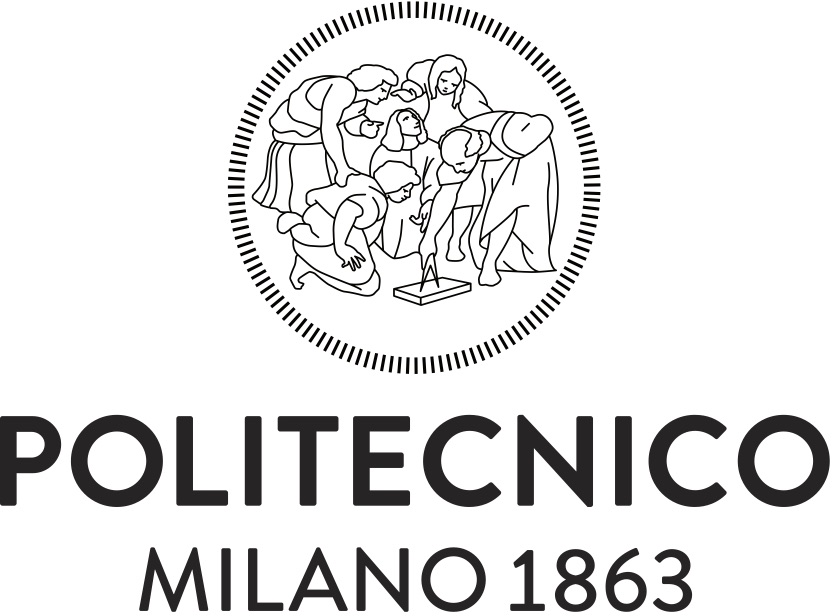Our paper “Large-scale Model-Driven Engineering of Web User Interaction: The WebML and WebRatio experience” has been published online on Elsevier’s journal: Science of Computer Programming, in the special issue Success Stories in Model Driven Engineering (edited by Davide Di Ruscio, Richard Paige, Alfonso Pierantonio).
The history we report spans across a decade that has seen a dramatic change in the way software applications are built, which can be summarized in three fundamental factors that impacted the evolution of WebML and WebRatio:
- The progressive consolidation of theWeb as an application development platform
- At the front-end, the multiplication of access devices and usage scenarios
- At the back-end, Business Process Models emerged as a uniform way of representing cross-organization functionality, and Service Oriented Architecture as the technical vehicle for deploying process enactment on top of heterogeneous IT infrastructures.
These change drivers put much strain on a DSL like WebML, born for capturing the features of the Web, and produced the timeline shown below:
The paper reports on our experience with WebML and WebRatio and describes the perspective of the new IFML standard adopted by OMG. The report tells the story of our company in the MDE tool market, facing the challenges of deploying MDE solutions in large-scale industrial players, with a focus on the model-driven design of user interaction and on code generation across all the tiers of Web/SOA applications. We describe our decisions on the DSL (domain specific language) and on the features we decided to implement (or not) in the tool.
The paper includes an overview of WebRatio and of its accompanying DSL for Web application design (WebML); it describes the parallel evolution of the WebML language and of the WebRatio development environment; it reports on the the lessons learnt from the joint design of the DSL and of its support tool; it presents a sample of customer histories and reports some quantitative measures on the WebRatio usage, together with some statistics on WebML models size and development effort. Finally, we take the occasion to reflect on the success and failure factors for MDE emerged from the WebRatio experience.
The paper is available from Elsevier and also here in our open-access preprint version.
To keep updated on my activities you can subscribe to the RSS feed of my blog or follow my twitter account (@MarcoBrambi).


